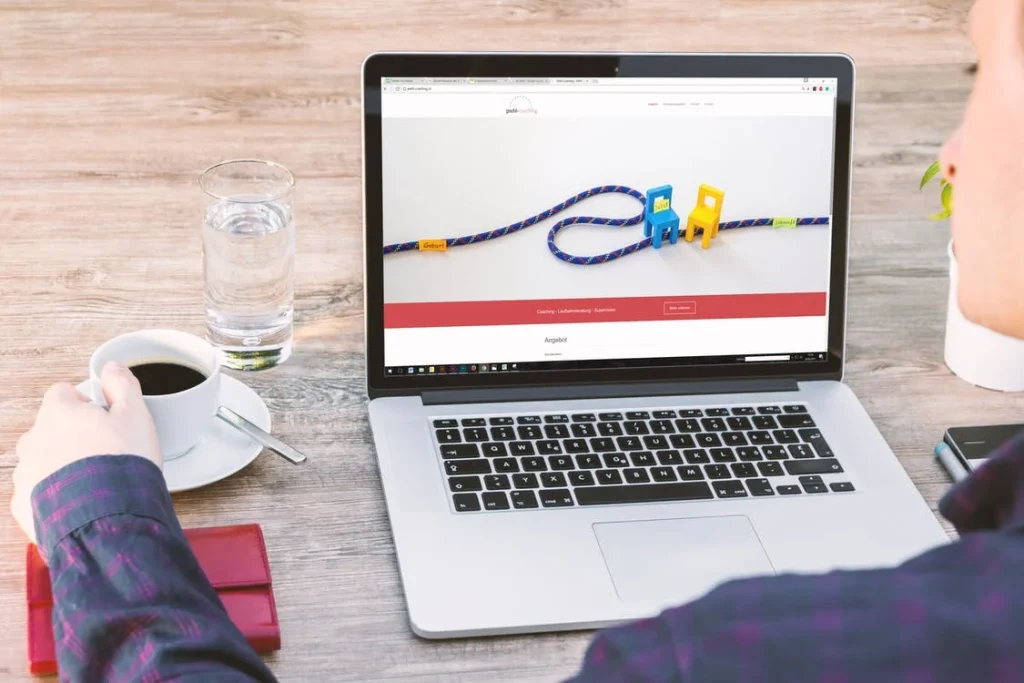Creating a website is one of the most important investments you can make for your business. Not only does it allow you to reach a larger audience, but it also gives your customers an easy way to connect with you and purchase your products or services.
To help your website look its best, follow these tips:
1. Use an eye-catching font: One of the first things visitors will notice on your website is the font you use. Choose a font that’s easy to read and looks professional.
2. Use whitespace wisely: Too much white space can make your website look cluttered and unprofessional. Place emphasis on key elements by using bold fonts, bulleted lists, or blockquotes.
3. Be consistent with your design: Keep your design style consistent throughout your website so that visitors have a consistent experience when navigating from page to page. All help you may need you can find at website-designers.co.nz.
4. Use graphics and videos effectively: You can add visual appeal to your website by using graphics or videos in your articles, on your blog homepage, and on product pages. Be sure to include clear instructions on how viewers can embed these elements on their own websites.
By following these tips, you can ensure that your website looks professional and inviting to visitors.
What is Website Optimization?

Web optimization is the process of making your website look as good as possible on all devices, search engines, and browsers. It can be done through optimizing your website for the keywords you want to rank for, creating a well-designed and easy-to-use layout, using the latest web technologies, and more.
Below are some tips to help improve your website’s optimization:
1. Research what words and phrases people are searching for on Google and other search engines. This will help you determine which keywords to target on your website.
2. Use keyword density levels that match the searcher’s intent. For example, if someone is looking for information about a vacation destination, try including terms related to vacationing in your content at a high density level.
3. Make sure your website is mobile-friendly and looks great on all devices. Mobile browsing has surpassed desktop browsing as the main way people access the internet. Make sure all of your content is accessible on mobile devices, including videos, images, and blog posts.
4. Use modern web technologies that are currently popular with web users. These technologies include responsive design (designing your site so it looks good on all devices, regardless of their size), social media integration (including links to your website on your social media profiles), and live coding (using JavaScript to add interactive features to your website).
5. Monitor your website’s analytics to see how users are interacting with it and make necessary changes accordingly. This information can help you determine which areas of your website are performing the best and where you may need to focus additional optimization efforts.
Don’t overlook the significance of social media analytics and social media monitoring tools; they function as invaluable online assistants. These tools provide you with vital insights into your online performance and facilitate the attraction of web traffic by initiating captivating interactions. Think of them as a navigational chart directing engaged individuals to your virtual abode.
Social media analytics delve deep into your online presence, offering a comprehensive view of your performance metrics, audience engagement, and content effectiveness. They enable you to gauge the impact of your digital efforts and fine-tune your strategies for optimal results. It’s akin to having a compass guiding you through the vast digital landscape.
Furthermore, social media monitoring acts as a vigilant sentry, alerting you to trends, mentions, and conversations relevant to your brand. By actively participating in these discussions, you can establish a stronger online presence and foster meaningful connections with your target audience. It’s akin to a welcoming beacon drawing curious visitors to explore your online domain.
How to Easily Improve Your Website’s Appearance with a few Simple Steps

If you want your website to look its best, you don’t need a lot of expensive design services or complicated programming. You can easily improve your website’s appearance by following these few simple tips.
1. Choose a color scheme that works well with your site’s content and brand.
2. Use simple, easy-to-read fonts that are legible on all devices.
3. Use clean, modern design elements that complement your site’s content and look professional.
4. Use effective image optimization techniques to make your images load quickly and look good on all devices.
Conclusion

Website design is an important part of the online marketing mix, and if done correctly, can help your business look better than ever. In this text you can find a few tips to help you achieve a great website design that will give your customers what they want and need.


